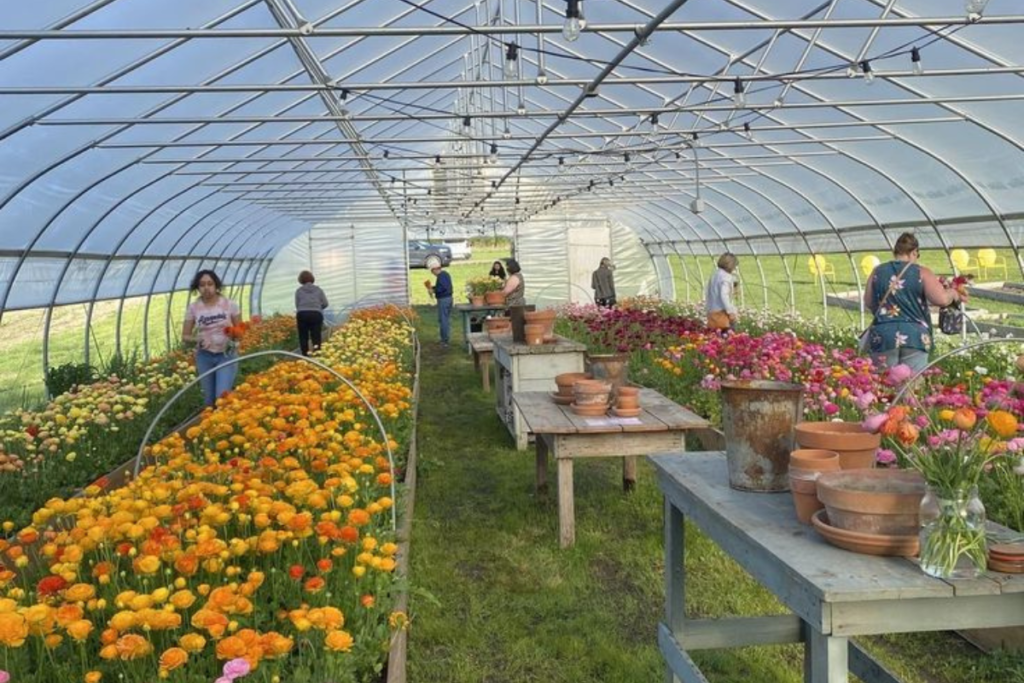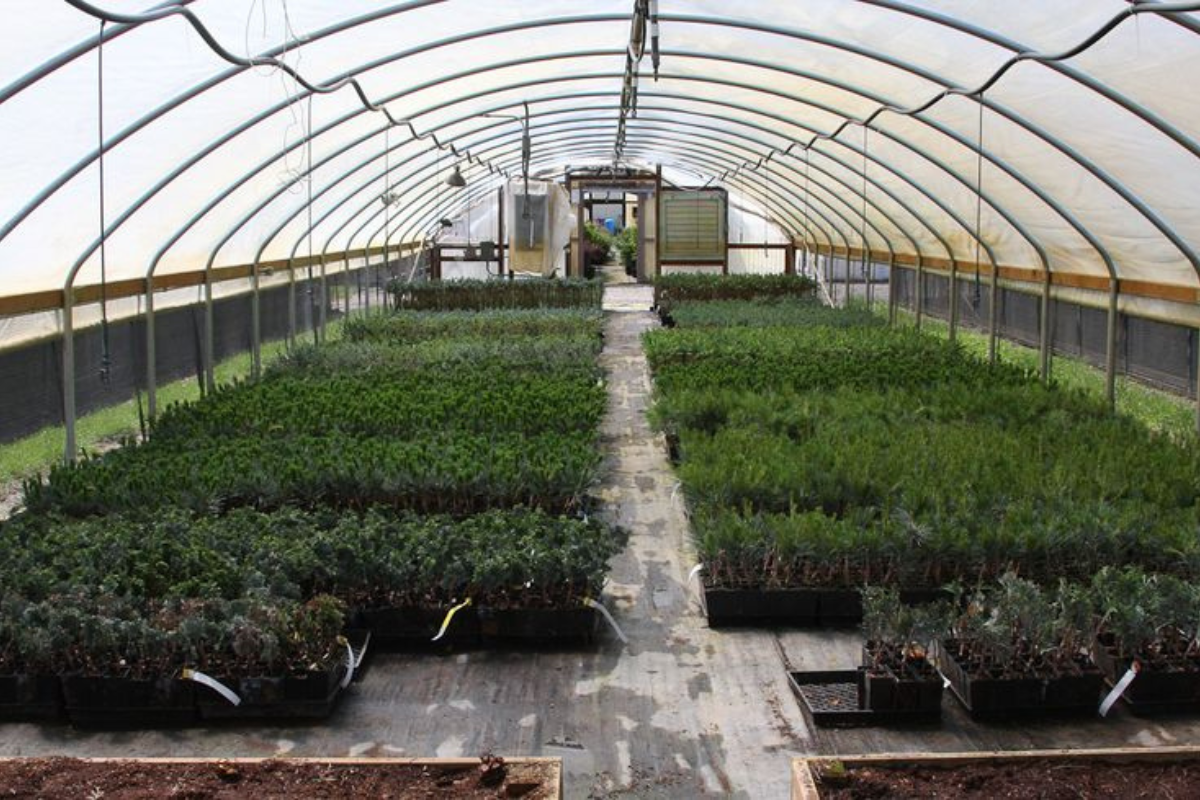Growing plants throughout the year can be challenging, especially in regions with harsh winters or unpredictable climates. An underground greenhouse—commonly known as a walipini or pit greenhouse—offers an innovative and sustainable solution. By harnessing the Earth’s natural insulation, these greenhouses provide a controlled environment to protect plants and extend the growing season. Here’s how to build one, step by step:
1. Advantages of an Underground Greenhouse

- Thermal Stability: A few feet below the surface, the Earth maintains a stable temperature, protecting plants from extreme heat and frost.
- Weather Resistance: Sheltered from strong winds, hail, and snow, plants are less prone to damage.
- Extended Growing Season: Even in cold months, the stable conditions support healthy plant growth.
- Energy-Efficient: Natural insulation reduces the need for heating, making it eco-friendly and cost-effective.
2. Choosing the Perfect Location
- Sunlight: Opt for a south-facing location in the Northern Hemisphere or a north-facing one in the Southern Hemisphere to maximize sun exposure.
- Drainage: Ensure the site drains well to avoid flooding. Raised beds or gravel can help.
- Accessibility: Pick a spot that’s easily reachable year-round for convenience.
3. Step-by-Step Construction Guide
a. Excavation:
- Dig a pit 8-10 feet deep (adjust based on local frost depth). A standard size is 10×20 feet, but you can modify based on your needs.
b. Building Walls:
- Use sturdy materials like bricks, stones, or earthbags to construct the walls.
- For better heat retention, insulate the northern wall with straw bales, foam boards, or similar materials.
c. Roofing:
- Install a sloped roof using UV-resistant greenhouse plastic, polycarbonate panels, or glass. The slope ensures optimal sunlight penetration and runoff for rain or snow.
d. Flooring:
- Gravel flooring ensures excellent drainage. Alternatively, a natural soil floor works well for planting directly.
e. Ventilation:
- Include vents or adjustable windows on the sloped roof to release excess heat.
- Add doors on both ends to facilitate airflow and easy access.
4. Maintenance Tips
- Temperature & Humidity: Monitor conditions with a thermostat to ensure plants thrive.
- Pest Management: Inspect regularly and use organic methods like companion planting or neem oil to deter pests.
- Watering: Avoid overwatering by checking soil moisture levels. Poor drainage can lead to root rot.
5. Pro Tips for Success
- Thermal Mass: Use barrels of water inside the greenhouse. They absorb daytime heat and release it at night, regulating temperatures.
- Reflective Surfaces: Line walls with reflective material to improve light distribution.
- Raised Beds: Prevent waterlogging by planting in raised beds.
Conclusion
An underground greenhouse is a sustainable and innovative method to grow fresh produce year-round. While it requires initial effort and planning, the long-term rewards-homegrown fruits and vegetables even in winter-make it a worthwhile investment.
